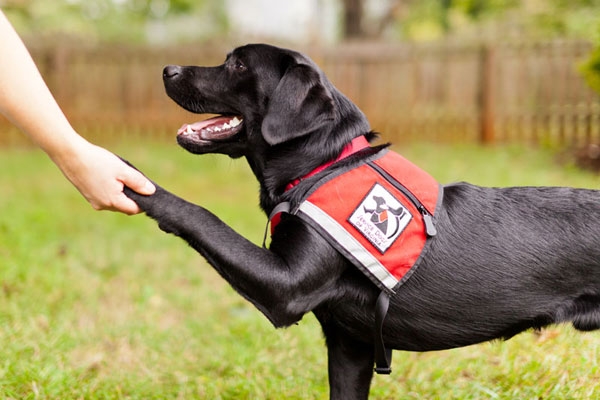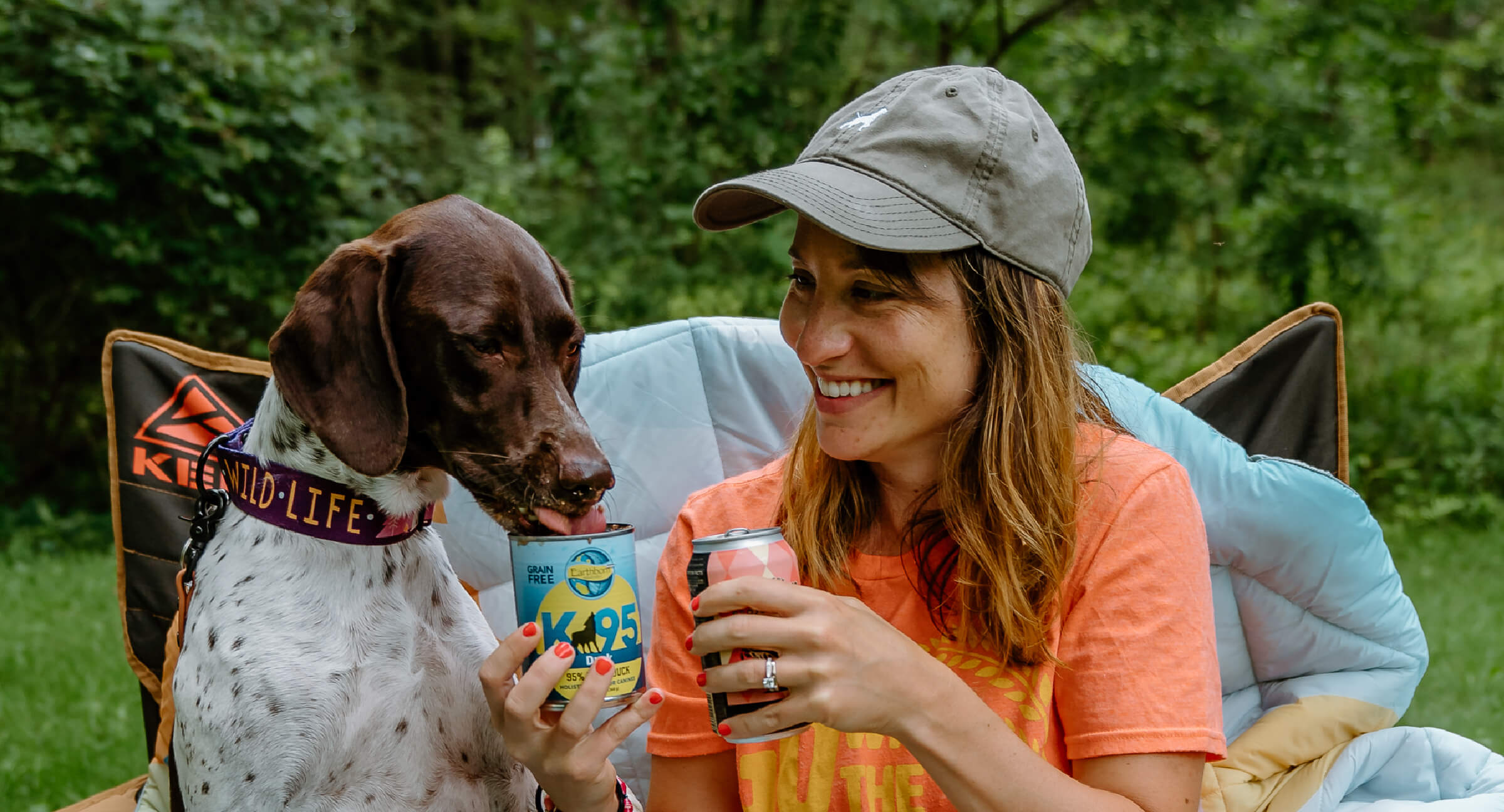Top Dog Training Near Me Services for Positive Results and Happy Pets
Novice's Overview to Successful Pet Training in the house
Efficiently educating a dog in the house needs a nuanced understanding of canine habits and efficient communication strategies. Establishing clear training objectives, using top notch incentives, and preserving uniformity throughout family participants are crucial components. Integrating training right into everyday routines can improve both involvement and retention. Nevertheless, numerous amateur instructors experience obstacles that might impede progression. To browse these complexities efficiently, it's important to discover several key aspects that can change your approach and result in an unified partnership with your animal. What basic principles should every novice grasp to make sure success?
Recognizing Canine Behavior
Recognizing canine behavior is crucial for effective training and promoting a harmonious relationship between people and their canine companions - Puppy Training. Dogs interact mainly through body language, vocalizations, and facial expressions, making it critical for proprietors to analyze these signals properly. Recognizing actions such as tail wagging, roaring, or trembling can provide understandings right into a pet's psychological state and intents
In addition, understanding the all-natural instincts of canines, such as their pack attitude, assists owners develop leadership roles within the family. This is vital for creating an organized atmosphere where pet dogs feel safe and secure and are a lot more receptive to training. Pets are additionally influenced by their socialization experiences; very early exposure to different atmospheres, individuals, and various other animals can dramatically shape their behavior later in life.
Usual behavioral issues, such as aggressiveness, anxiousness, or extreme barking, typically stem from misconceptions or unmet demands. Observing and attending to these problems quickly can protect against rise and guarantee a favorable training experience. By fostering a deep understanding of dog actions, proprietors can customize their training methods to match their canine friends, ultimately bring about a well-behaved and satisfied pet.

Vital Training Devices
A fully equipped training room can considerably improve the effectiveness of canine training at home. Crucial training tools guarantee that both the fitness instructor and the canine can engage in effective sessions that foster learning and bonding.

Buying a sturdy leash and a comfy, well-fitting collar or harness is crucial for security and control. These devices aid establish borders and ensure the pet dog stays safe throughout training. Additionally, a marked training location, without interruptions, aids focus for both the instructor and the dog.
Educating aids such as training pads, cones, or agility tools can likewise boost the experience by introducing variety and difficulties. Lastly, having a notebook or digital app for tracking progress can be invaluable, enabling you to keep in mind successes and areas for renovation. Making use of these important devices will produce a positive training atmosphere and lay the structure for effective learning.
Developing an Educating Regimen
Developing a consistent training routine is vital for effective canine training at home. A well-structured regular not only assists in reinforcing desired behaviors yet additionally gives your dog with a complacency and predictability. To develop a reliable training routine, start by determining specific training objectives, such as standard commands, leash walking, or house-training.
Select an assigned time every day for training sessions, preferably when your pet dog is alert and receptive. Sessions needs to be short, roughly 5 to 15 minutes, to maintain emphasis and prevent exhaustion. Uniformity in timing and environment will certainly boost your pet's discovering experience.
Include training navigate to this site into everyday tasks to strengthen skills. Method commands during strolls or mealtime, which incorporates discovering into natural routines. In addition, stay adaptable and adjust the routine as necessary, fitting your dog's energy levels and mood.
Positive Reinforcement Techniques

When carrying out favorable reinforcement, it is necessary to select rewards that are encouraging for your canine. High-value treats, such as small pieces of hen or cheese, can be especially efficient during training sessions. Furthermore, differing the rewards can maintain your dog's rate of interest and excitement.
Begin with simple commands, like "sit" or "remain," and gradually progress to a lot more intricate tasks. Consistency is crucial; guarantee that all household participants use the exact same commands and incentive systems to avoid complication.
Furthermore, it is essential to stay client and avoid aggravation. Pet dogs, like human beings, find out at their own pace. By promoting a helpful training setting via favorable support, you can enhance your dog's knowing experience while enhancing the bond in between you and your fuzzy buddy, preparing for effective training results.
Usual Educating Obstacles
While educating a pet in the house can be a fulfilling experience, it often comes with a set of typical difficulties that can evaluate both persistence and uniformity. One common issue is interruption. Canines may become easily averted by sounds, motions, or also aromas in their atmosphere, making it tough to preserve their focus throughout training sessions.
One more difficulty is variance in commands and reinforcement. It can hinder and confuse the canine progress if household participants utilize different signs or benefits. Establishing a unified strategy is essential for reliable interaction.
Additionally, dogs can experience stress or stress and anxiety, especially if they find more info do not understand what is anticipated of them. This can cause undesirable actions, such as barking or eating.
Ultimately, the timing of reinforcement is critical. Postponed rewards can diminish the performance of positive reinforcement, as pets may stop working to connect the actions with the benefit.
Overcoming these difficulties requires commitment, clear interaction, and a structured training strategy - Puppy Training. Identifying and dealing with these usual obstacles will certainly lead the way for a much more satisfying and successful training experience in the house
Conclusion
In final thought, successful pet training at home demands a thorough understanding of canine actions and reliable interaction methods. By establishing clear training goals and utilizing top notch deals with along with favorable support, the training process comes to be much more fulfilling for both the dog and the fitness instructor.
Establishing a consistent training routine is important for reliable canine training at home.Favorable reinforcement strategies are essential to reliable canine training, advertising preferred actions through incentives rather than punishment. By cultivating a helpful training setting through favorable support, you can improve your pet's discovering experience while reinforcing the bond between you and your hairy buddy, laying the foundation for successful training outcomes.
In final thought, effective pet training at home requires a thorough understanding of canine habits and reliable interaction methods. By developing clear training goals more information and utilizing high-grade treats together with favorable reinforcement, the training procedure becomes a lot more rewarding for both the trainer and the pet.